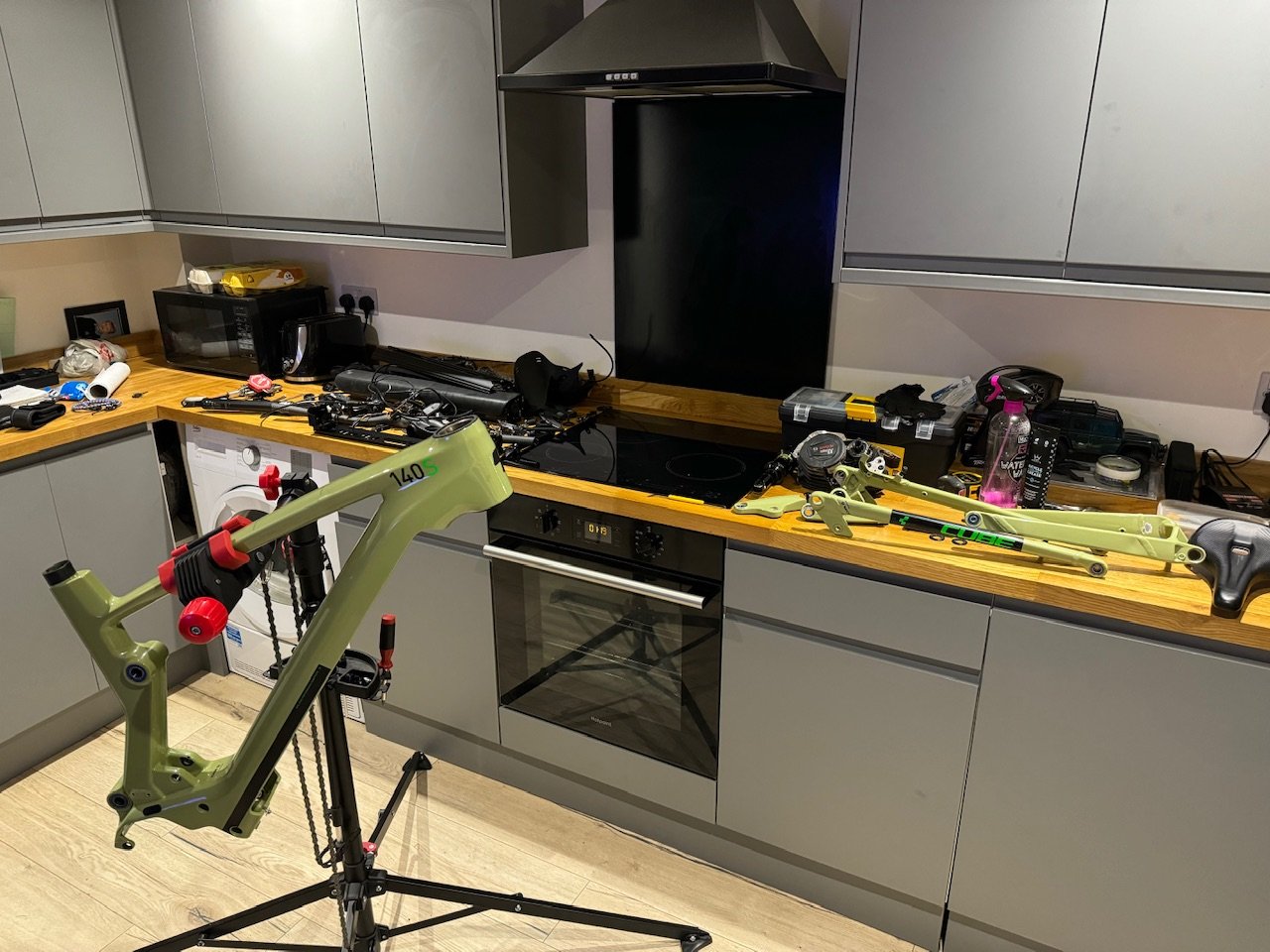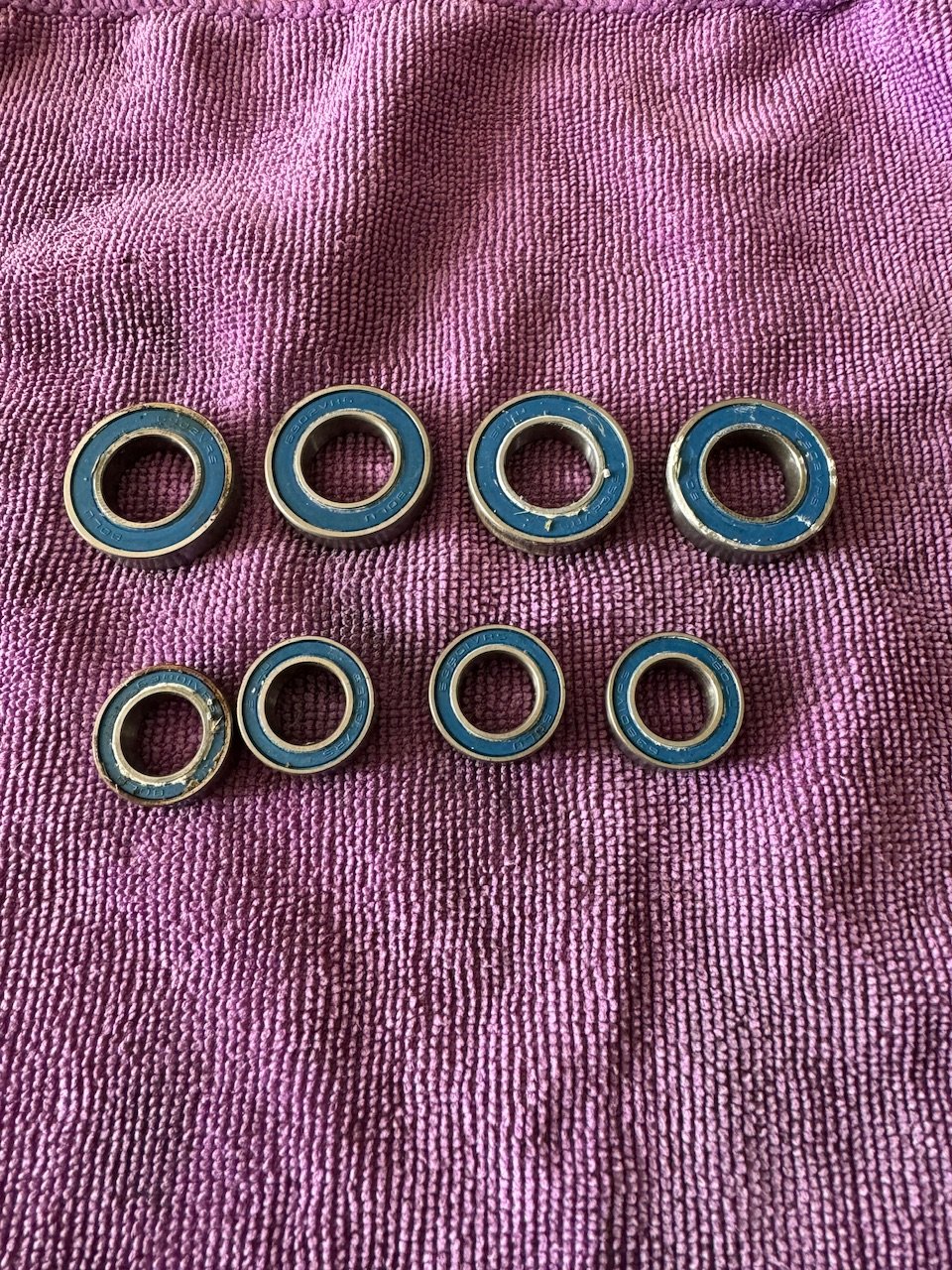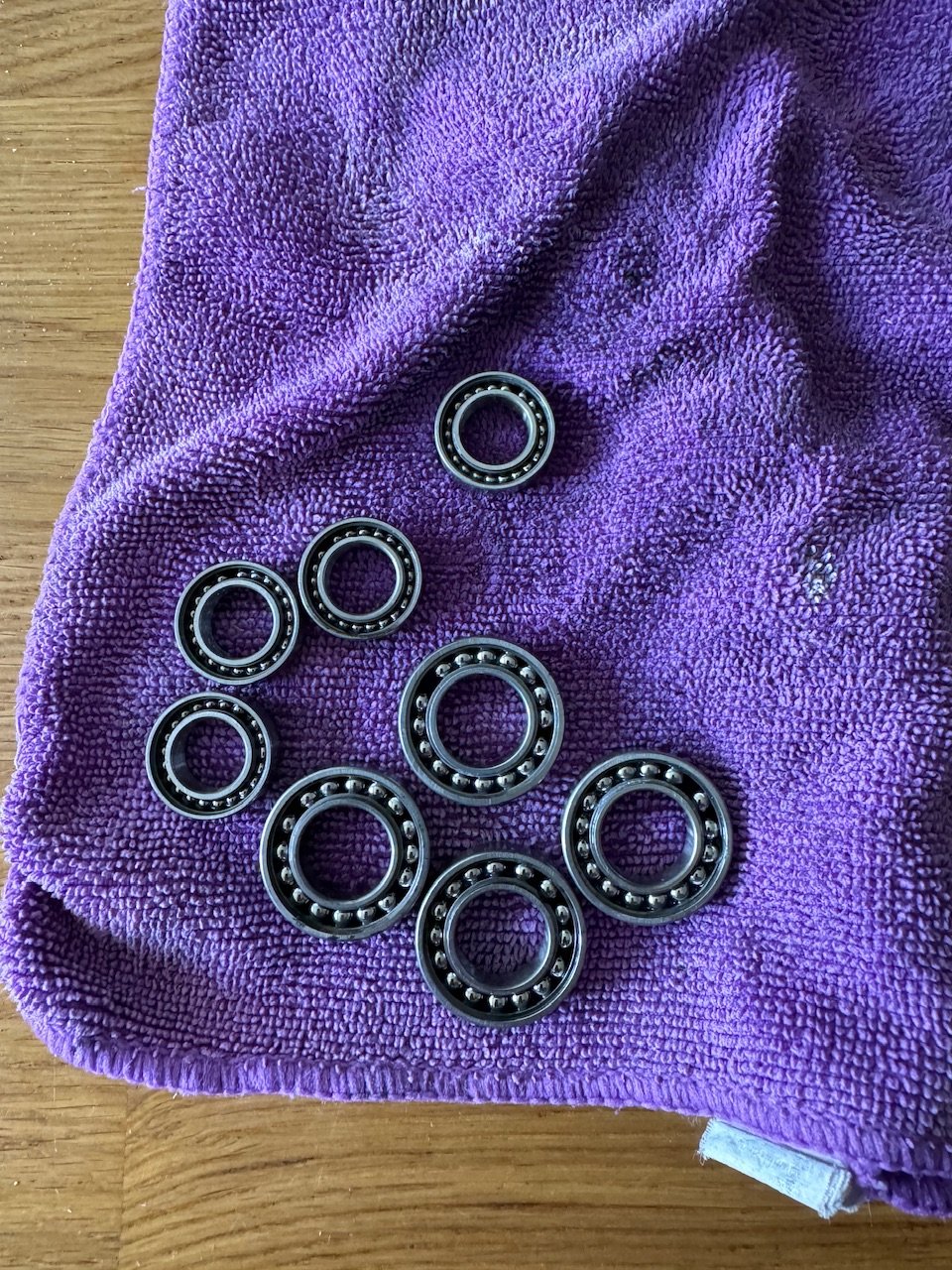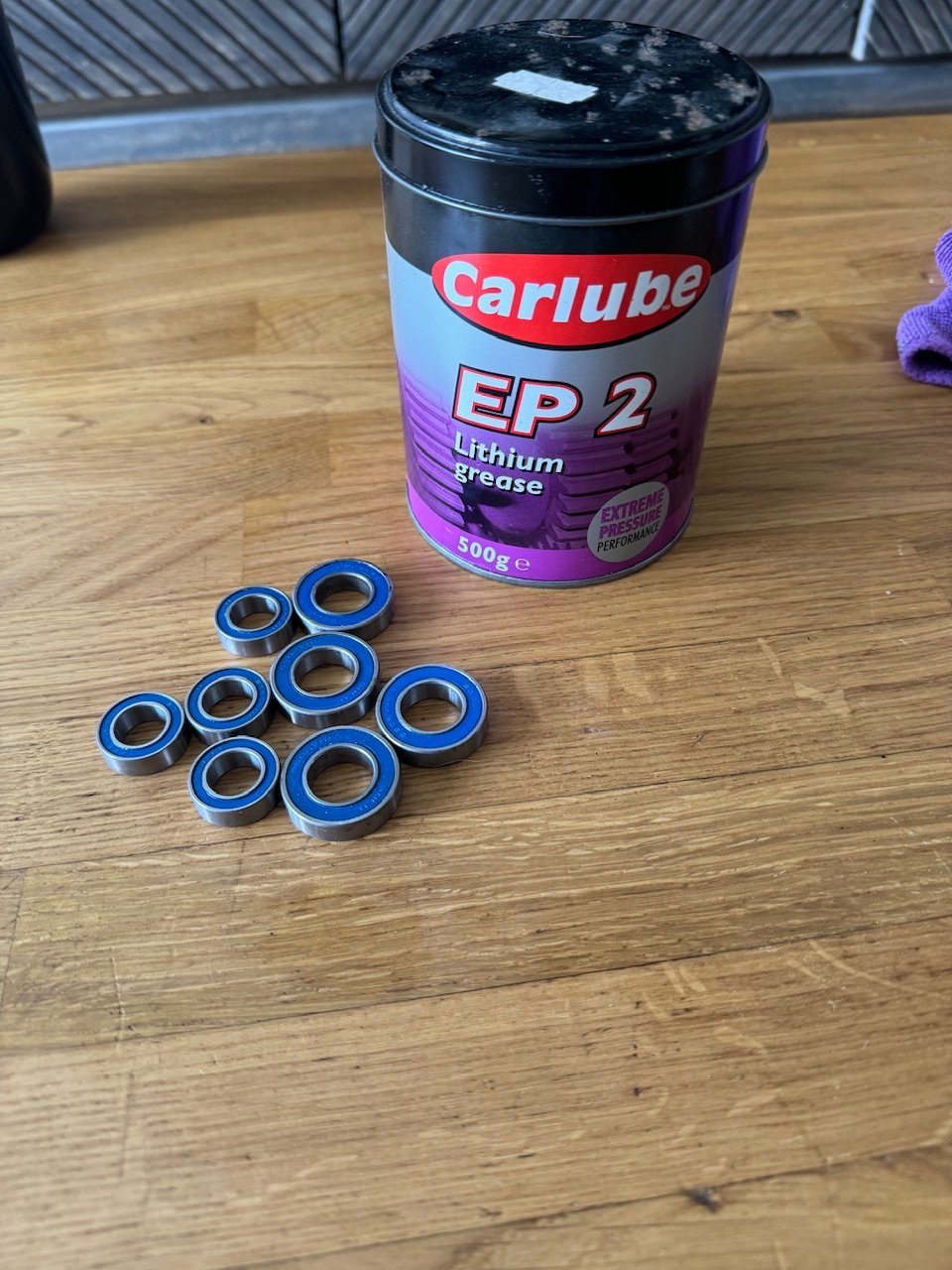My cube stereo 140 has just turned 2 years old. I’ve never had it serviced by the dealer. Just once by a local bike mechanic when it was fairly new.
I keep the bike clean and it’s only done 600 miles but I’d like to give it a strip down to give it a proper clean and check the frame. I’m no expert, in fact quite new to mtb’s in general, but I like to tinker and do things myself whenever I can. I’ve done a couple of ebike conversions and recently built 2 analogue hard tails frame up. But these were all using new/as new components and none were full suspension.
So what exactly should I be looking for?
Frame - Is it worth pulling the whole rear triangle apart to check bearings? Is it likely any would need replacing already? One reason I want to strip it down is to check the carbon frame for stress, Particularly around the motor mounting points. Is there anywhere else I should be checking the frame?
Motor - (bosch gen4 smart) is there anything I can do maintenance wise? Sure I read somewhere that cleaning/replacing outer bearings is possible diy?
Suspension - should the fork and shock (34rhythm/dps evol) need a service @ 600 miles? If not I’m sure it wouldn’t be a bad idea after 2 years. How difficult is this to do yourself?
Wheels - I’ve never really given the wheels much thought. But I guess I should be checking spoke tension? How do I do that?
Pretty confident sorting out the brakes and gears now. Only thing I can think to ask is how on earth are you supposed to clean a cassette properly?!?!
I keep the bike clean and it’s only done 600 miles but I’d like to give it a strip down to give it a proper clean and check the frame. I’m no expert, in fact quite new to mtb’s in general, but I like to tinker and do things myself whenever I can. I’ve done a couple of ebike conversions and recently built 2 analogue hard tails frame up. But these were all using new/as new components and none were full suspension.
So what exactly should I be looking for?
Frame - Is it worth pulling the whole rear triangle apart to check bearings? Is it likely any would need replacing already? One reason I want to strip it down is to check the carbon frame for stress, Particularly around the motor mounting points. Is there anywhere else I should be checking the frame?
Motor - (bosch gen4 smart) is there anything I can do maintenance wise? Sure I read somewhere that cleaning/replacing outer bearings is possible diy?
Suspension - should the fork and shock (34rhythm/dps evol) need a service @ 600 miles? If not I’m sure it wouldn’t be a bad idea after 2 years. How difficult is this to do yourself?
Wheels - I’ve never really given the wheels much thought. But I guess I should be checking spoke tension? How do I do that?
Pretty confident sorting out the brakes and gears now. Only thing I can think to ask is how on earth are you supposed to clean a cassette properly?!?!
Last edited:





